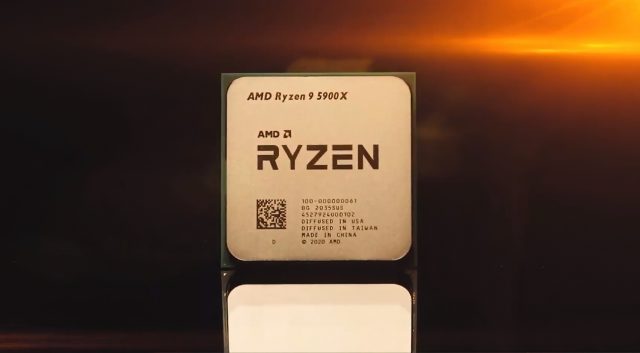
Bots and scalpers have been a problem at all of the major tech launches this year, to the general dismay of people who want to buy products at the price they’re actually supposed to sell for. AMD hasn’t said much publicly about what it plans to do about the bot problem, but a leaked document sheds light on what the company is doing behind the scenes.
AMD has apparently sent a letter to multiple retail partners with a list of suggested best practices, including bot detection, CAPTCHA implementations, and purchase limits (AMD suggests customers be limited to one GPU per user, and that the store monitor all orders for duplicate names, addresses, or email addresses). It also recommends that stores switch to manual order processing and verification on the day of launch to prevent automated systems from letting bots through previously undetected gaps.
I also received the attached #AMD letter last night. Unlike #Nvidia, AMD is offering assistance to AIBs to prevent bots & scalpers.
I also find this statement about RX 6000 interesting:
"built to enable world-class gaming performance."Doesnt sound like a 3070 competitor to me! pic.twitter.com/Bv3oXeSVZ0
— Moore's Law Is Dead (@mooreslawisdead) October 20, 2020
In addition to these steps, AMD recommends not allocating a GPU in inventory until an order has actually been submitted, or setting a time limit on how long a customer can hold an item in their cart before it is made available to the general pool. Stores should also limit the number of cards they sell to commercial resellers over this time period, to keep more stock available in-channel. The letter ends with a request that stores reach out to their AMD representatives in order to review which solutions will work for their business.
These are exactly the kinds of security practices stores should practice to fend off bots and scalpers. Now that bots are proliferating across e-commerce, we need companies to adopt validation procedures that maximize the chance that limited launch hardware winds up in the hands of those who intend to buy it, rather than those attempting to make a quick buck. What was previously a tolerable irritant has become a problem that threatens to swamp the entire market. This isn’t good for anyone.
Nvidia has taken steps to improve its own store as a result of the RTX 3080 launch disaster and we can see that AMD is working with store owners to lock things down before its own launch day. Any vendor planning to sell the Xbox Series X or PlayStation 5 had best be paying attention to this problem unless they want to see their entire stock of hardware vanish in seconds, only to reappear on eBay next week for 3x the original price.
Will they be enough? That’s anyone’s guess. A lot of these bots aren’t free, and they aren’t a one-and-done purchase, either. There’s a monthly fee if you want access to a bot, and it isn’t cheap ($75 per month was quoted in connection with the RTX 3080 issues). These developers don’t want to see their cash cow evaporate, and the people who have earned themselves a pretty penny this way don’t want to be prevented from ripping more people off. Bots are likely here to stay. The good news is, a lot of the best solutions are pretty low-tech. Manual order verification and order limits aren’t a guaranteed solution to this problem, but they’re options that ought to be available to any company on relatively short notice.
It’s in the best interest of companies to deal with this problem. If the issue gets bad enough, companies with a retail channel presence such as AMD, Intel, Nvidia, Sony, and Microsoft will feel they have no choice but to preferentially deal with those stores willing to invest in anti-bot security. Would-be buyers are well aware, at this point, of how the gouging game is played — and that there are ways for stores to protect their inventories from predation. The stores that put product in the hands of those who want to use it will be the stores that win business, long term.
Now Read:
- MSI Apologizes Over High Markups on RTX 3080, 3090 GPUs
- Nvidia Pushes RTX 3070 Launch Back 2 Weeks to Avoid Bot Debacle
- 2 Ways Tech Manufacturers Can Stop Bots: Validate Pre-Orders, Physical Retail